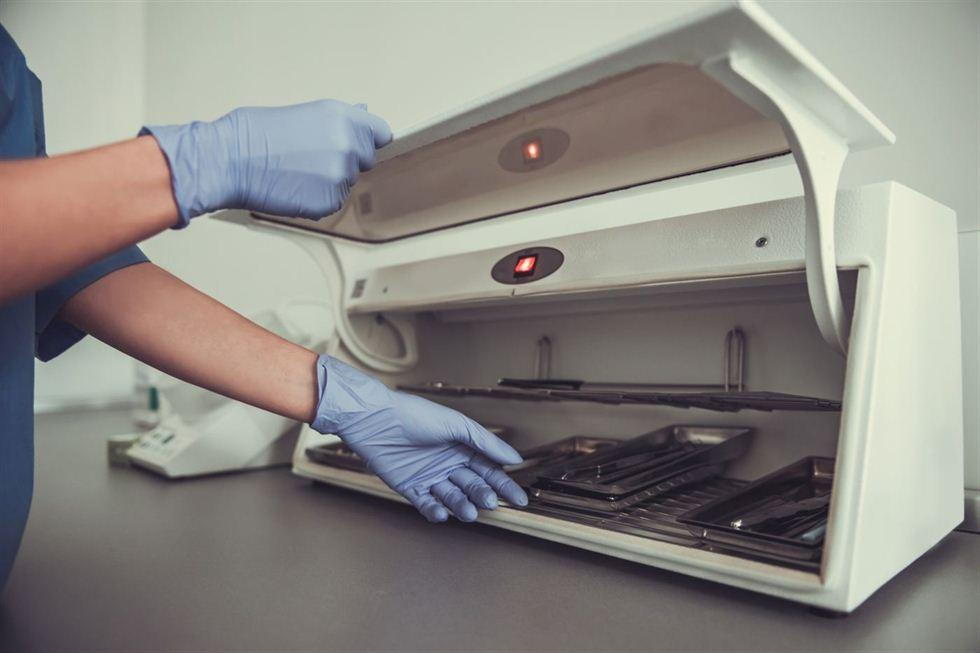
Sterilization in dentistry is a critical procedure in the reprocessing of reusable dental equipment after its use. Sterilization kills, deactivates, and eliminates all forms of life and other biological agents. In dental procedures, dental instruments come into contact with saliva, blood, and other biological fluids. Microorganisms in blood and saliva of patients ailing from diseases like hepatitis, herpes, tuberculosis, and COVID-19 may be transferable to other patients if sterilization is not done properly.
Soaking and cleaning is normally the first step. Immediately after finishing a dental procedure, the dentist should soak the equipment in soapy water to prevent biologicals, like blood, from drying out on the equipment. Cleaning follows right after and here, they should wash the instruments with warm water and soap and then use clean water to rinse them thoroughly.
There are various methods dentists can use to clean dental equipment and ultrasonic cleaning is one such way. Here, the use of sound waves is employed to remove contamination from surfaces. For the ultrasonic cleaning to work properly, the dental tools must be completely submerged in the water before the sound waves are applied. Another method of cleaning is using an automated washer. Compared to manual washing, automated washers are more effective and efficient. These washers contain specialized surfactant solutions that ensure the dental equipment does not retain any material build-up that could hinder the effectiveness of sterilization. Manual washing is normally a last resort, not because it’s not effective, but because it’s more demanding in time and also exposes the person washing them to accidents from some of the sharp dental tools.
Once the dental instruments are clean, the next step is to completely dry them. This step should not be skipped because most sterilizing devices don’t dry objects. This means, if the dental instruments go in wet, they’ll also come out wet and this is a danger. Once sterilized, equipment needs to be repackaged and repackaging wet equipment predisposes them to contamination.
Once thoroughly dried, they get sterilized. The three methods for sterilizing dentistry tools include using an autoclave, using dry ovens, or doing a chemical vapor sterilization. Of these, sterilizing using an autoclave is the most effective and therefore the most commonly used in most dental offices. Autoclaves use steam as the sterilization agent. The use of steam gets rid of all microbes and their spores; germs that wouldn’t die when subjected to boiling water and powerful detergents.
Dry heat ovens, as the name suggests, employ dry heat to sterilize objects. The fact that they do not require water to sterilize equipment makes them somewhat safer than the steam autoclaves. Dental equipment here is exposed to high temperatures of heat for extended periods of time and this kills all microbes.
The other method, chemical sterilization, is normally used for dental equipment that can’t withstand very high temperatures. Chemicals like alcohol, ketones, and formaldehyde are used here. For each of these methods, various indicators are used to ensure that complete sterilization has taken place.
At our dental office in Fairmont, our primary responsibility is to create a safe, sterile, and comfortable environment for all our patients. For all your dental needs, don’t hesitate to contact us to book an appointment.